Introduction to Touch Switch Circuit
The touch switch circuit has revolutionized the way we interact with electrical devices. Utilizing simple human touch as a trigger, these circuits provide a modern solution for lighting systems, appliances, and consumer electronics, enhancing both functionality and convenience. With their sleek designs and intuitive controls, touch switch circuits have become a popular choice for both residential and commercial applications.
Types of Touch Switch Circuits
- Capacitive Touch Switch: Uses the capacitance change when a finger approaches the surface. Highly sensitive and ideal for sleek interfaces.
- Resistive Touch Switch: Operates by detecting pressure applied on the switch. Commonly found in older devices and touch panels.
- Infrared Touch Switch: Works by using infrared sensors to detect touch. Offers a no-contact solution, making it a hygienic choice for public installations.
- Inductive Touch Switch: Employs electromagnetic fields to detect touch, which is useful in environments where moisture or dirt may interfere with other types.
Applications of Touch Switch Circuits
- Residential Lighting: Perfect for home automation systems, allowing users to control lighting fixtures with a simple touch.
- Commercial Displays: Widely used in retail and advertising for interactive kiosks, allowing customers to navigate menus effortlessly.
- Industrial Equipment: Used in machinery control panels where cleanliness and minimal wear are paramount.
- Consumer Electronics: Found in smartphones, tablets, and touchscreen devices, enhancing user engagement with smooth operation.
Features and Advantages of Touch Switch Circuits
- Sleek Design: Touch switch circuits often feature minimalist aesthetics, making them visually appealing for modern decor.
- Energy Efficiency: Many touch switches are designed to minimize power consumption, promoting eco-friendly practices.
- Durability: With no mechanical parts, these circuits are less susceptible to wear and enhance longevity compared to traditional switches.
- Customizability: Can be easily integrated into various panel designs and materials, allowing for tailored solutions in diverse settings.
- Ease of Use: Simple operation through touch makes these circuits accessible to users of all ages and technical abilities.



















































































































































































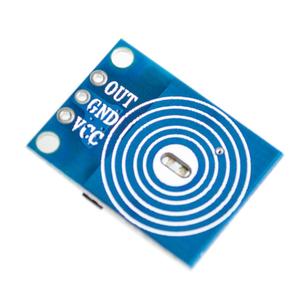























































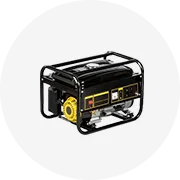
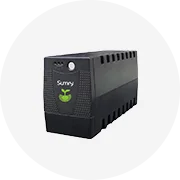
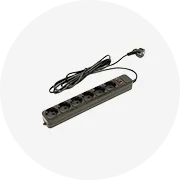


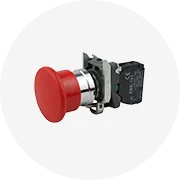
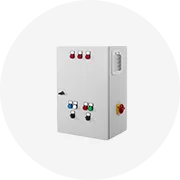
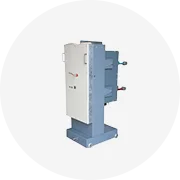
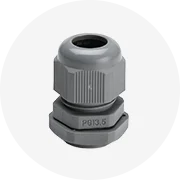

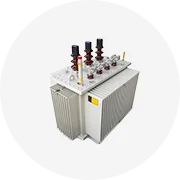






 浙公网安备 33010002000092号
浙公网安备 33010002000092号 浙B2-20120091-4
浙B2-20120091-4